Market Trends
Key Emerging Trends in the Ion Exchange Resins Market
The market trends of ion exchange resins reflect a dynamic landscape driven by diverse factors ranging from technological advancements to environmental regulations and industrial demands. Ion exchange resins, crucial components in various industries including water treatment, food and beverages, pharmaceuticals, and chemical processing, are witnessing significant growth propelled by the increasing emphasis on water purification and resource conservation. One notable trend is the growing adoption of eco-friendly and sustainable ion exchange resins, driven by the global push towards greener solutions. Manufacturers are investing in research and development to create resins that are more efficient, durable, and environmentally friendly, aligning with the sustainability goals of many industries.
Additionally, the burgeoning demand for high-purity water in sectors such as pharmaceuticals and electronics is fueling the expansion of the ion exchange resins market. These industries require water of exceptional quality for various processes, driving the need for advanced water purification technologies, including ion exchange resins. Moreover, the rising awareness about the detrimental effects of water pollution on human health has spurred governments and regulatory bodies worldwide to impose stricter regulations on water treatment standards, further boosting the demand for ion exchange resins.
Another significant trend is the increasing application of ion exchange resins in wastewater treatment and recycling processes. As water scarcity becomes a pressing issue in many regions, industries are under pressure to minimize water consumption and optimize wastewater management. Ion exchange resins play a crucial role in removing pollutants and contaminants from wastewater streams, facilitating the recycling and reuse of water in industrial processes. This trend is particularly prominent in sectors such as petrochemicals, mining, and textiles, where water-intensive operations are common.
The growth in the power industry on account of surging demand for electricity in developing as well as developed countries are expected to have a positive impact
Furthermore, the advent of novel technologies such as hybrid ion exchange resins and intelligent resin regeneration systems is reshaping the market landscape. Hybrid resins, which combine the properties of different resin types, offer enhanced performance and versatility, catering to the evolving needs of various industries. Intelligent regeneration systems utilize advanced algorithms and automation to optimize the regeneration process, reducing chemical consumption, minimizing downtime, and improving overall efficiency. These technological innovations are driving efficiency gains and cost savings for end-users, thereby driving the adoption of ion exchange resins across diverse applications.
In terms of regional trends, emerging economies in Asia-Pacific, Latin America, and the Middle East are witnessing robust growth in the ion exchange resins market. Rapid industrialization, urbanization, and infrastructure development in these regions are driving the demand for water treatment solutions, including ion exchange resins. Moreover, increasing investments in sectors such as healthcare, pharmaceuticals, and food and beverages are bolstering the demand for high-quality water, further stimulating market growth.
However, the ion exchange resins market also faces certain challenges, including volatility in raw material prices and the emergence of alternative water treatment technologies. Fluctuations in the prices of key raw materials such as styrene and divinylbenzene can impact the production costs of ion exchange resins, affecting profit margins for manufacturers. Additionally, the growing popularity of membrane-based filtration technologies such as reverse osmosis and nanofiltration poses a competitive threat to ion exchange resins, particularly in certain applications.

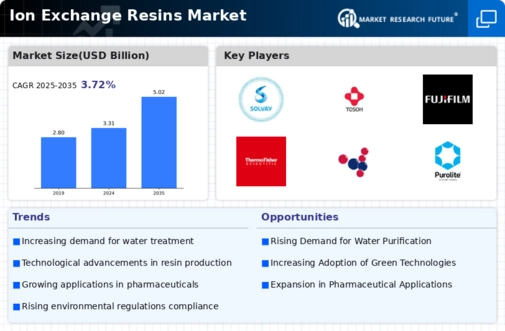
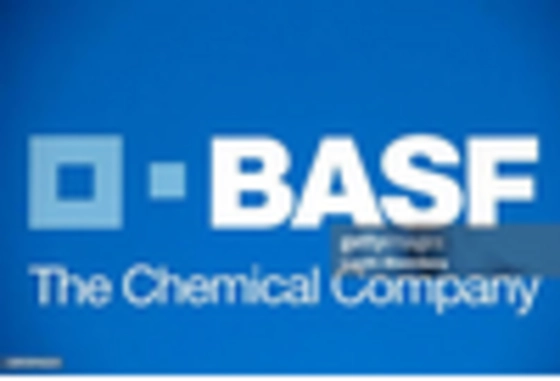
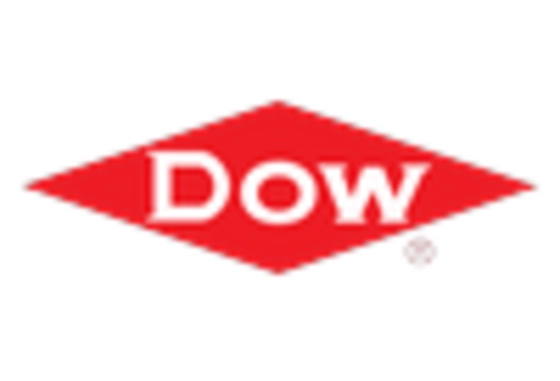

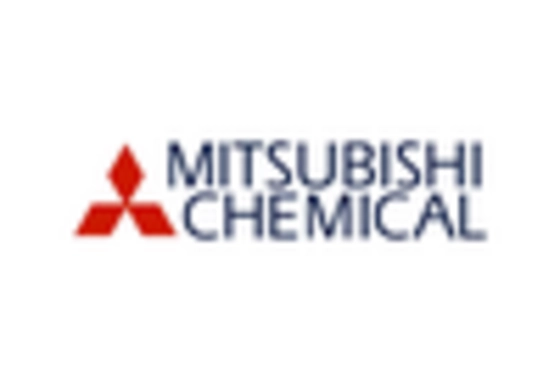
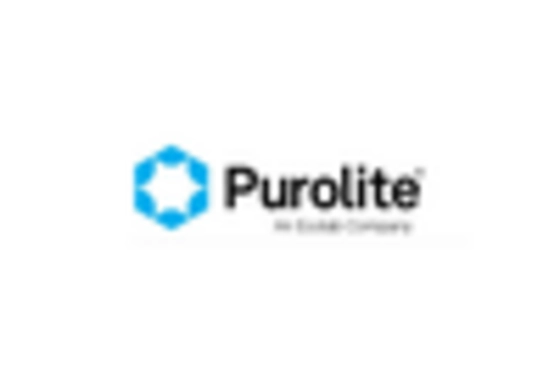










Leave a Comment